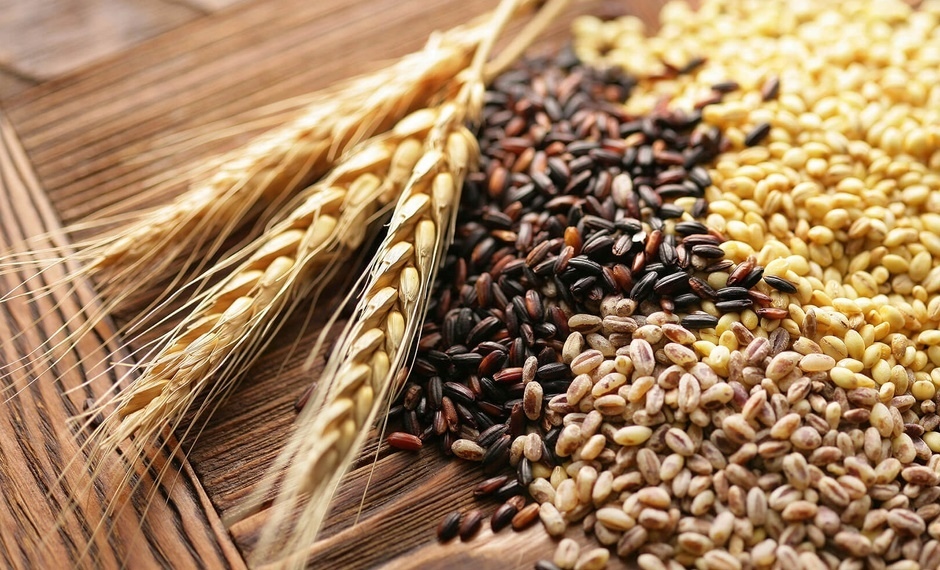Wheat fertilization past to present

The Drought Monitor, as of this past Tuesday shows the same pattern as the previous update. Most of Barton, Stafford, Pawnee, Rice, and Reno Counties continue abnormally dry with moderate drought a close as Ellis and eastern Ellsworth Counties. The six to ten-day outlook (Dec. 16 to 20) indicates slightly above normal temperatures for the state with below normal precipitation. The eight to 14 day outlook (Dec. 18 to 24) indicates above normal temperatures and below normal precipitation. The 90 day outlook (December through February) is for slightly below normal precipitation (which isn’t much to begin with) and above normal temperatures. A La Nina Effect is evident.
Why discuss the history of wheat fertilization? It demonstrates the evolution of production practices over the last century or so. It demonstrates how much the knowledge base of crop production has expanded. K-State Extension is stressing it with press releases shred by area agents. Finally, noting and implementing these changes is key for optimizing wheat production and potential profits.
- At the turn of the 20th Century commercial fertilizers existed but were uncommon. They consisted primarily of (N) nitrogen, (P) phosphorus, and (K) potassium. Wheat nutrients were supplied by the breakdown of the organic matter over decades after the prairie sod was broken out; animal manures from the livestock almost all farms had, including draft animals, and some crop rotations. The key was the high native organic matter levels when Kansas was settled. This supplied nutrients for decades. Eventually this source decreased to the point where nutrients became deficient. However, there were still some producers growing wheat without fertilizers into the 1970s.
- For a variety of reasons, including mechanization, soil nutrient depletion, and the development of commercial fertilizer infrastructure, the middle decades saw a dramatic increase in the use of commercial fertilizers especially N. As agriculture headed into the 1950s, more P was used, and into the last half of the 1960s, K fertilization picked up in parts of Kansas. Concurrently with this was an explosion in the knowledge base of what nutrient elements were essential for crop production with essential nutrients being added to list as recently as a decade or so ago. The list grew from fewer than ten to 17. Soil and plant tissue testing also improved over this period.
- As cultural practices improved and variety yield potential increased, deficiencies were becoming more obvious. Extensive work by land grant universities has resulted in a greater understanding of micronutrients and the secondary macronutrients role in wheat yield and quality. This knowledge was supplemented by a greater understanding of Kansas soils.
- So today, you will see articles regarding Sulfur soil tests for optimum yield and protein levels. The importance of Chloride in yield potential and plant health, depending on the variety and soil type. And more emphasis is placed on the fertility advantages of cover crops.
- The same work and changes in recommendations have/are occurring for our other traditional crops.
Read also
Wheat in Southern Brazil Impacted by Dry Weather and Frosts
Oilseed Industry. Leaders and Strategies in the Times of a Great Change
Black Sea & Danube Region: Oilseed and Vegoil Markets Within Ongoing Transfor...
Serbia. The drought will cause extremely high losses for farmers this year
2023/24 Safrinha Corn in Brazil 91% Harvested
Write to us
Our manager will contact you soon



